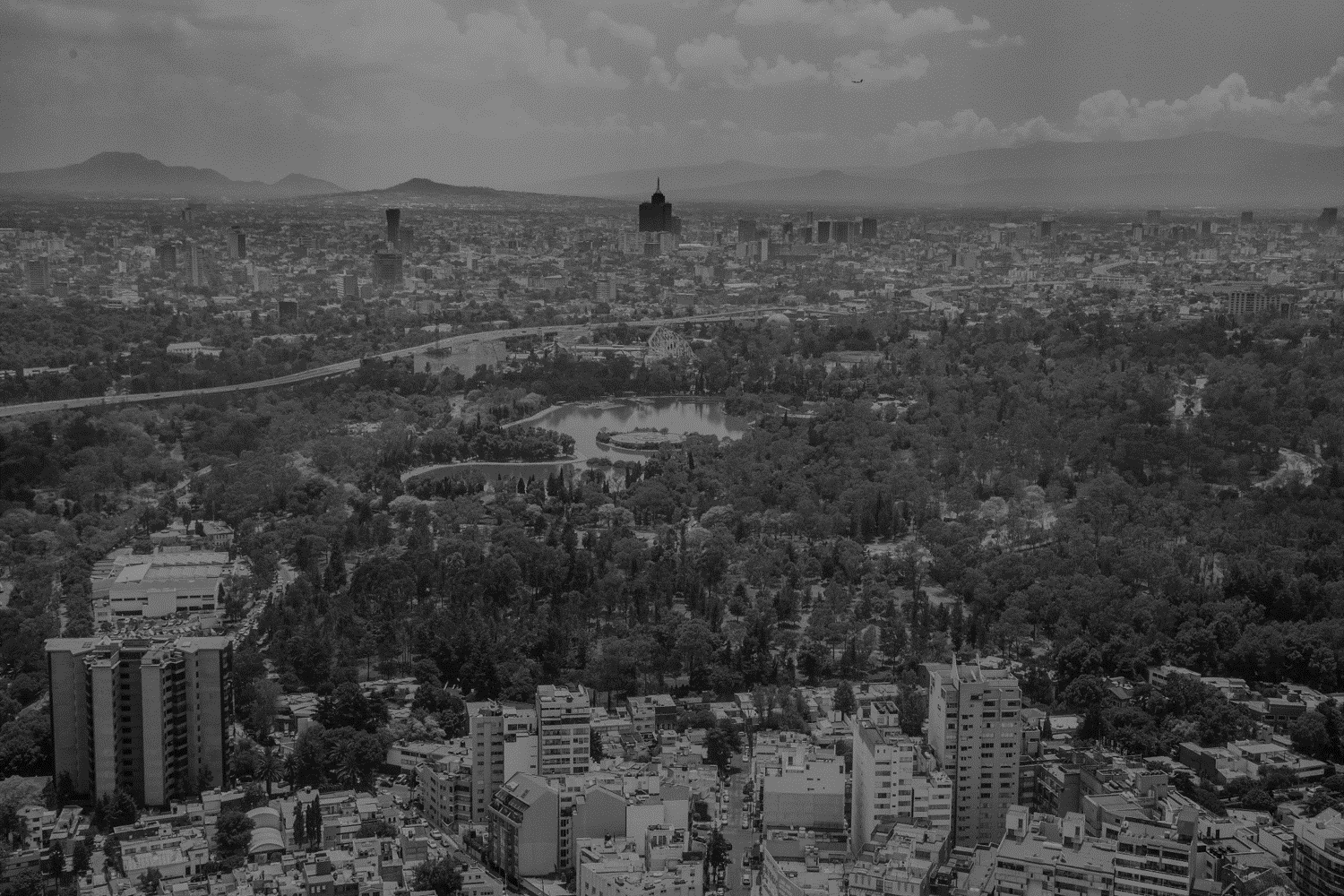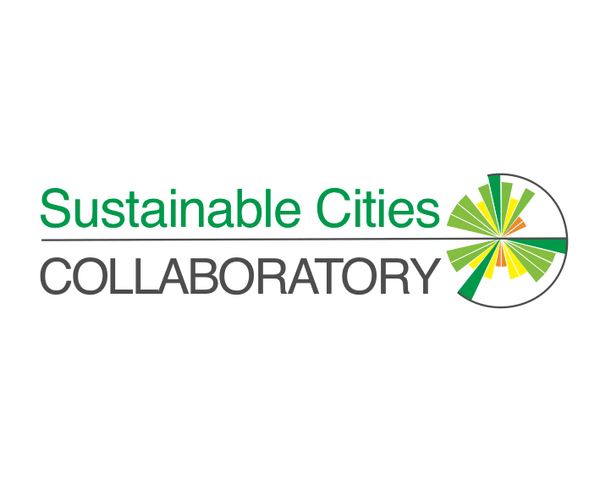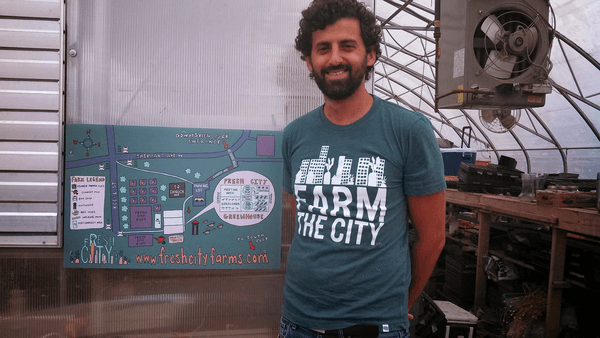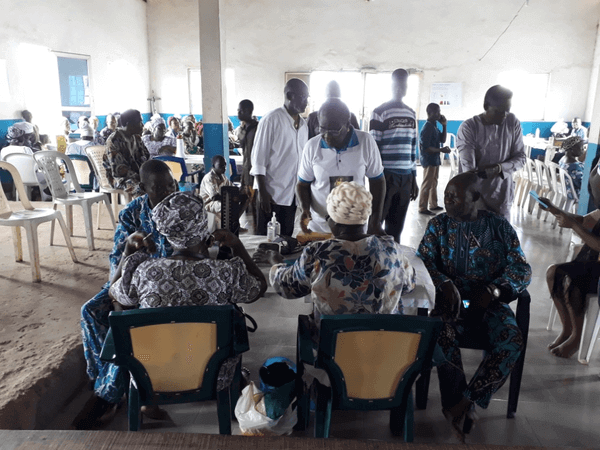City
Mexico City
Main actors
City Government, National Government, Supranational / Intergovernmental Institutions, Private Sector, NGO / Philanthropy, Community / Citizen Group, Research Institutes / Universities
Project area
Whole City/Administrative Region
Duration
Ongoing since 2016
The Resilience Strategy is a response by the City of Mexico (CDMX) to foster public policies that contribute to strengthening the city's adaptive capacity.
Resilience is built through an all-embracing process that considers the views of stakeholders from various levels of government, members of the scientific community, civil society, , representatives of the private sector, and multilateral and bilateral cooperative organizations. It is important to foster cooperation among these stakeholders through a coalition of organizations with shared goals and actions to build resilience.
The Resilience Strategy drives an adaptive transformation by fostering a change of paradigm so that the development process transcends traditional frameworks to face complex problems and to design, modify, and implement public policies by cross-functional planning. To achieve this end, continuous learning and frequent review of plans and actions are required. The commitment to this type of learning and review is an acknowledgment of the seriousness of the city’s social-environmental challenges and the opportunities the city has to make real progress on sustainable social and economic activities that can transform its future.
This project has been chosen by Mexico City (CDMX) to be peer-reviewed in the frame of the Sustainable Cities Collaboratory: https://policytransfer.metropolis.org/news/sustainable-cities-collaboratory
External links / documents
On Map
The Map will be displayed after accepting cookie policy






